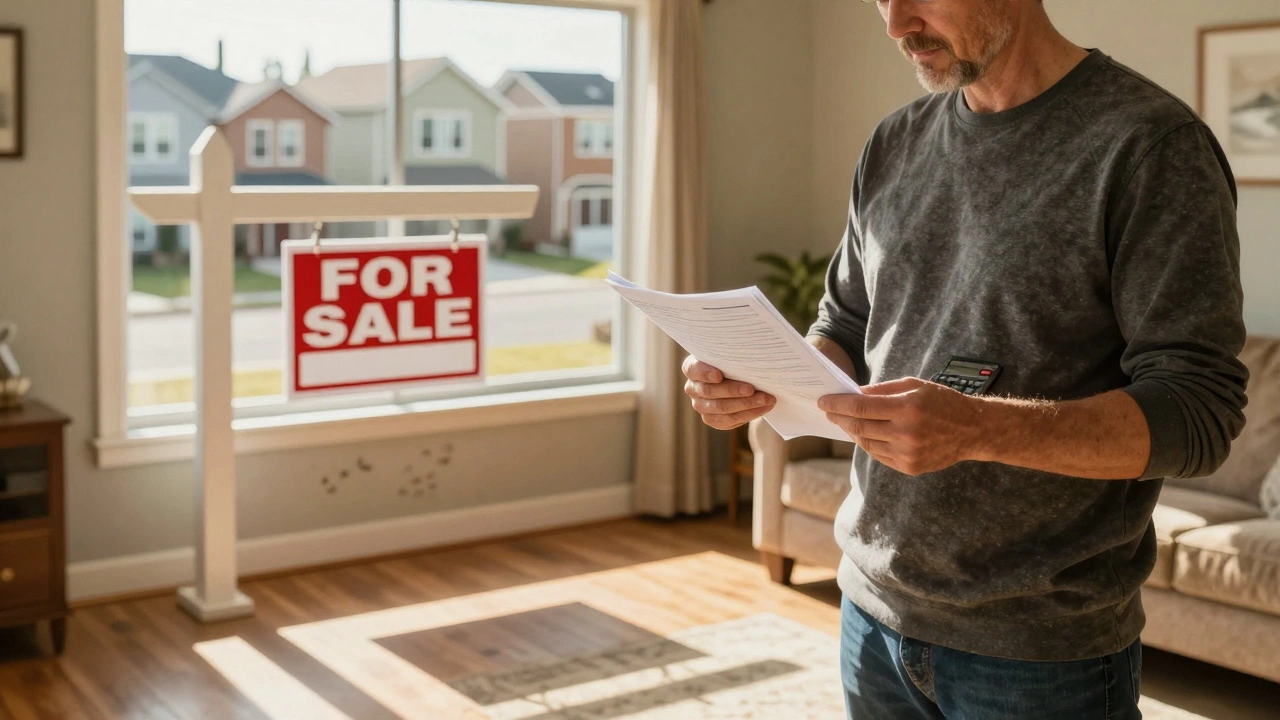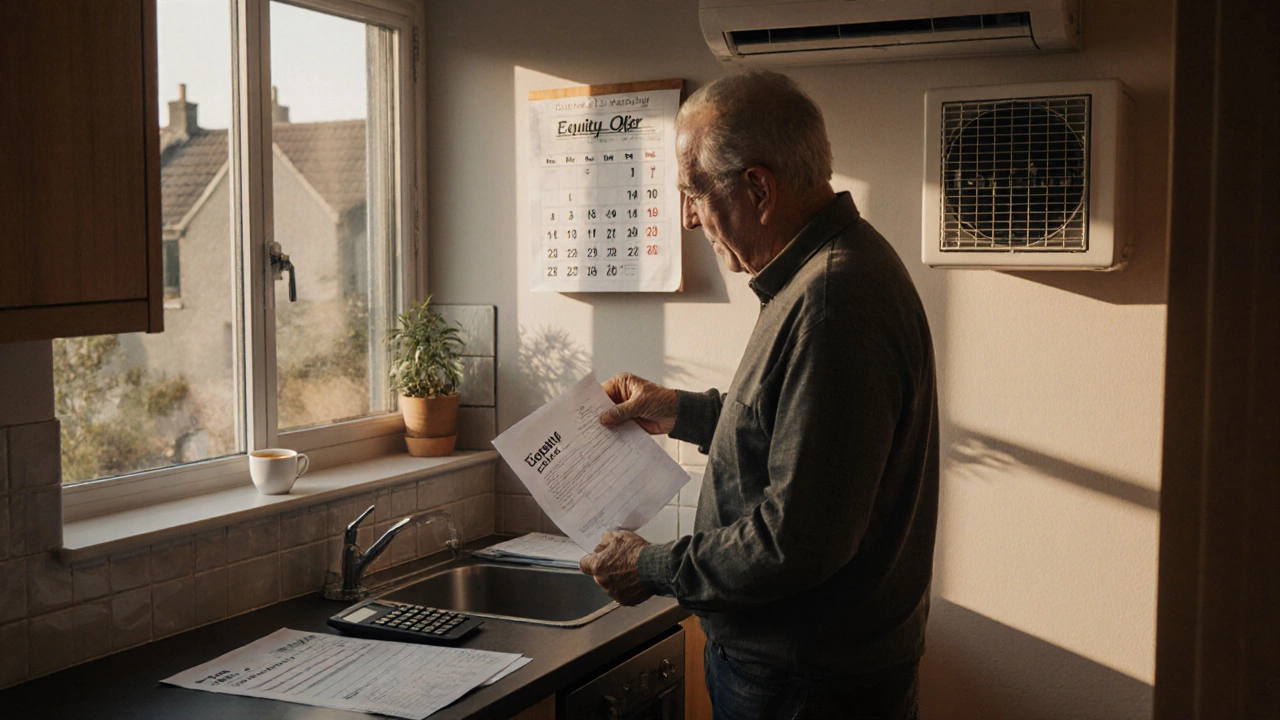Reverse Mortgage Explained – A Simple Guide for UK Homeowners
If you’re nearing retirement and own a home, a reverse mortgage might sound like a handy way to tap into that equity without moving. It’s not a loan you pay back each month; instead, the bank pays you and the debt rolls up over time. Let’s break down the basics so you can decide if it fits your plan.
How a Reverse Mortgage Works
First, you keep the title of your house. The lender offers a lump sum, regular payments, or a line of credit based on the home’s value, your age, and current interest rates. You don’t make monthly repayments; the amount you borrowed plus interest grows until the house is sold – usually when you die, move into long‑term care, or decide to leave the property.
Pros, Cons and When It Makes Sense
Why consider it? The cash can cover living expenses, pay off debts, or fund a dream holiday without dipping into your pension. No monthly outlay means less stress on a fixed income. On the flip side, interest compounds, so the debt can become sizable. If the house value drops, you could owe more than it’s worth, though most UK schemes have a no‑negative‑equity guarantee.
Eligibility is straightforward: you must be 55 or older, own your home outright or have a small mortgage left, and live in the property as your main residence. The house must be in the UK, and you’ll need to pass a financial assessment to prove you can meet ongoing costs like council tax and insurance.
The payment options give flexibility. A lump sum is great for a one‑off expense, while regular monthly payments can supplement a pension. A line of credit lets you draw only what you need, when you need it, which can keep interest lower.
Interest rates on reverse mortgages are usually higher than standard mortgages because the risk is different. The interest is added to the loan balance each month, so the amount you owe climbs even if you never touch the money. Some lenders offer fixed‑rate options that lock the cost in, which can be useful if you plan to stay in the house for many years.
Before you jump in, weigh the downsides. The growing debt can eat into any inheritance you hoped to leave. Because the loan is repaid when the house is sold, you might need to move to a care home sooner than expected if the equity runs low. Also, reverse mortgages can affect means‑tested benefits, so check how it interacts with any state support you receive.
How does it compare to a remortgage? A remortgage lets you refinance an existing mortgage, often at a lower rate, but you must make regular repayments. A reverse mortgage flips that model – you receive money, not pay it. If you can still manage repayments, a remortgage usually costs less over time. If you need cash flow and can’t afford monthly payments, a reverse mortgage might be the better fit.
Ready to apply? Start by contacting a specialist lender or a financial adviser who knows reverse mortgages. They’ll run a valuation, explain the fee structure, and run the affordability check. After you accept an offer, the paperwork includes a deed of charge and a contract outlining the repayment triggers. Keep copies of everything and make a plan for how the house will be dealt with later.
Bottom line: a reverse mortgage can turn home equity into usable cash without forcing a move, but it adds debt that grows over time. Use it for essential needs, not just a splurge, and make sure you understand how it will affect your estate and any benefits. Talk to a qualified adviser, compare a couple of lenders, and decide if the trade‑off between immediate cash and future equity works for you.

Taking equity out of your house can help with big expenses-but it risks your home. Learn when it's smart, when it's dangerous, and what alternatives you should consider instead.
Read More
Taking equity out of your home can help with big expenses, but it also carries serious risks. Learn how it works in Ireland, the real costs, when it makes sense, and safer alternatives.
Read More
Explore if and how you can buy back your home after an equity release. Understand your rights, options, situations, and real outcomes before and after unlocking the value in your house.
Read More